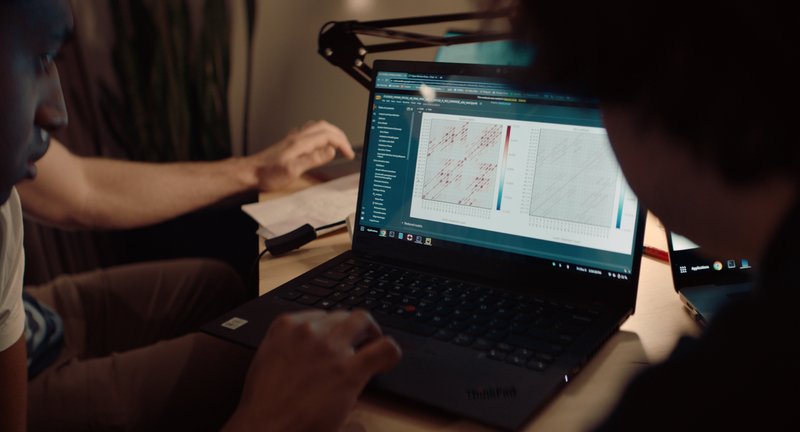We’re driven by unrelenting curiosities
As an organization, we maintain a portfolio of research projects driven by fundamental research, new product innovation, product contribution and infrastructure goals, while providing individuals and teams the freedom to emphasize specific types of work.
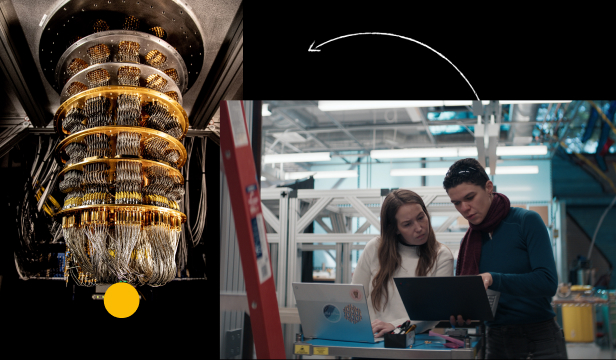
We’re driven by unrelenting curiosities

A flexible research environment
We strive to create an environment conducive to many different types of research across many different time scales and levels of risk.
In recent years, computing has both expanded as a field and grown in its importance to society. Similarly, the research conducted at Google has broadened dramatically, becoming more important than ever to our mission. As such, our research philosophy has become more expansive than the hybrid approach to research we described in our CACM article six years ago and now incorporates a substantial amount of open-ended, long-term research driven more by scientific curiosity than current product needs.
We believe successful industry research requires managing a portfolio of projects with time horizons, levels of risk and goals appropriate for the organization. Our approach to research has always been flexible, but there are two reasons that our research philosophy today adds more fundamental, or "pure basic," research than it has previously.
First, Google's increasingly diverse businesses, longer-term outlook and greater scale let us pursue ambitious projects that involve more technical risk than ever before.
Our hybrid research model was explicitly designed to achieve success in this kind of environment, but we have learned we need to extend it further. Second, machine learning (ML) is a transformative technology that touches everything we do as a company. Therefore, fundamental advances in machine learning technology are likely to produce value across the organization, even when developed without a close connection to a specific application or product.
ML is not unique in this regard; the same argument applies to other technologies outside of ML that are critical to the company.
Our research spans four main dimensions
Our goal is to create a research environment rich in opportunities for product impact, to build a product environment that actively benefits from research, and to provide our staff the freedom to work on important research problems that are not tied to immediate product needs. Some of the most exciting research enables new products, or even new businesses, that we cannot imagine today.
Given the diversity of research projects that we pursue, we have found it useful to define four types of work to help crystalize the goals of projects and allow us to measure progress. Although the organization as a whole needs to include all four types of work, teams or individuals typically emphasize a subset of them.
-
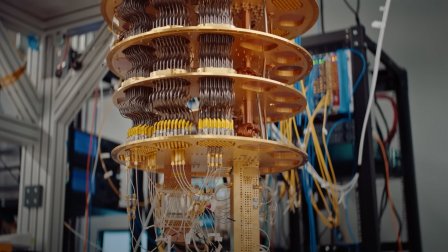 Basic research and fundamental applied research
Basic research and fundamental applied researchSuch projects address key scientific or engineering questions or develop fundamentally new capabilities. Successful outcomes might be better technology, useful theories or new discoveries. We use established scientific benchmarks or develop new ones for measuring progress. Although these projects can tackle scientific problems motivated by user/product needs, they often move faster when conducted independently of existing products.
-
 New product innovation
New product innovationThese projects explore and develop new products or even new businesses that require substantial research. The necessary research typically has either significant depth and enables new capabilities or significant breadth and combines a variety of technologies in novel ways. Near-term measures of success include demos, prototypes or pilots that prove user / customer utility and analyses that meaningfully inform research or business priorities. Long-term, these efforts will ultimately be measured by business or human impact (e.g. profit, usage scale, strategic positioning).
-
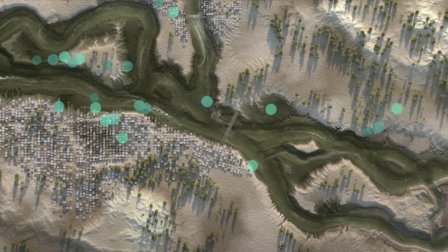 Critical product contributions
Critical product contributionsMost of our products stretch the boundaries of what is technically possible and benefit from active development of what would be characterized as research in other environments. Individuals operating in this domain may call themselves researchers or engineers and may or may not report into the product team, but in all cases their work is characterized by deep, essential contributions to products. Progress is measured against product metrics, although research publications are often a side effect. These efforts often motivate additional research questions that can be studied either directly in the context of the product or abstracted into standalone fundamental research projects.
-
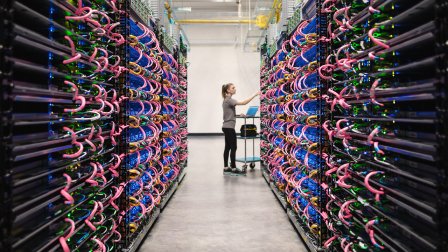 Infrastructure
InfrastructureSuch projects create reusable components that enhance the work of (product and research) teams that adopt them, multiplying everyone’s impact. The success of these projects is measured by adoption. Sometimes infrastructure projects arise out of repeated product contributions that crystalize how such contributions can be better addressed through a common solution. In other cases the infrastructure co-evolves with its initial uses or even anticipates future needs.
This work is not mutually exclusive
There can be projects that pursue multiple goals at once: for example, there are cases where scientific metrics correlate well with product metrics and optimizing for both fundamental research and new product innovation or critical product contributions is possible: machine translation research and the Google Translate product are examples of this combination.
Similarly, the goals of projects can change during their lifetime: many projects that start as fundamental research projects produce artifacts that can shift the objectives of the entire project or can lead to new projects that apply the technology. Importantly, we try to not force such transitions or (even worse) specific timelines, but we make sure to measure progress and milestones for all projects, using metrics appropriate for the project and the dimension(s) it currently focuses on.
We work closely with the broader scientific community
A final essential component of our philosophy is supporting the free exchange of ideas and maintaining close contact with the broader scientific community, in academia and industry.
First and foremost, sharing knowledge accelerates progress for everyone. We have always seen scientific publications as an important component for much of our research work, but for fundamental research projects, open-source code releases and new datasets can be particularly valuable.
They help us evaluate and contextualize the research we do in addition to stimulating new collaborations. A variety of outreach programs that continue to grow in their scope and flexibility facilitate further engagements with academia or help train the next generation of researchers: e.g. visiting faculty and faculty award programs or internships.
Ultimately, disseminating our work and being good members of the scientific community is not just the right thing to do, it also provides many important benefits to Google.



